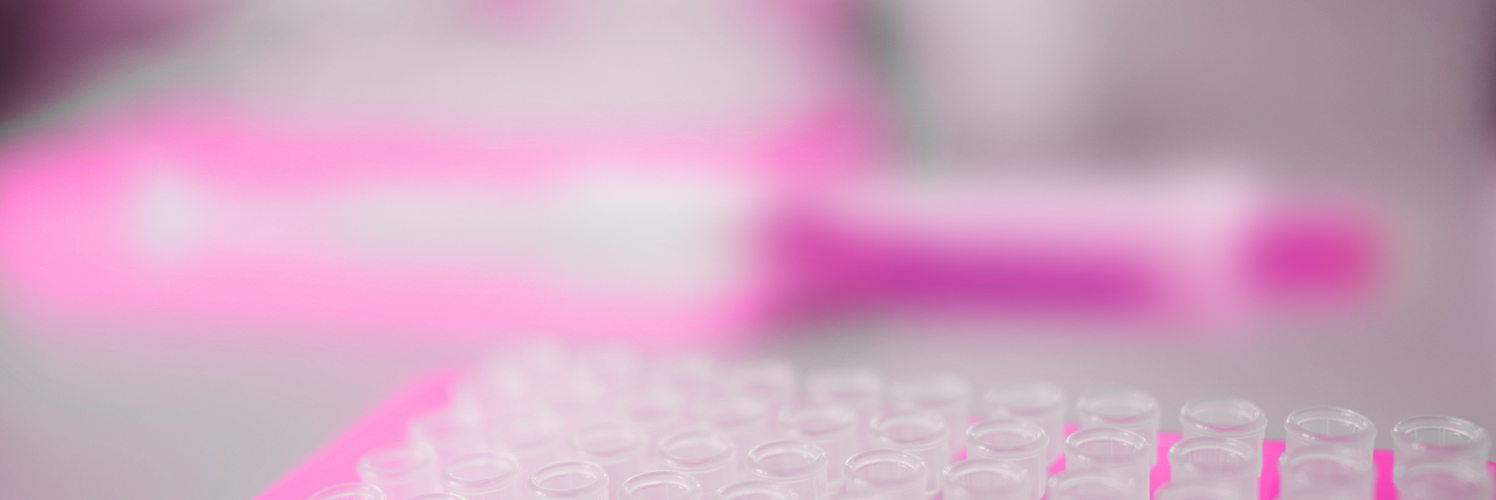
Immunomonitoring made simple

TruCulture
A Whole Blood Collection and Culture Tube for Standardized Functional Immunophenotyping Procedures
TruCulture tubes are designed to capture immune cell activity at the time and place of sample collection, thereby minimizing the bias and variability introduced by sample shipping and manipulation. These revolutionary tubes consist of an integrated whole-blood collection and leukocyte culture system that is reliable, simple to use and does not require specialized laboratory equipment. TruCulture enables researchers to reproducibly ascertain information about immune responses to stress or stimulation, including responses to novel therapeutics. The ex vivo TruCulture procedure preserves physiological cellular interactions to more accurately reflect the complexities of the human immune system, bringing added value to immune monitoring in clinical trials.
TruCulture Applications
TruCulture has been utilized as a whole-blood stimulation system by researchers and drug developers in several fields to reliably measure immune response for the following applications.
- Pharmacodynamics (including dose response)
- Functional immune cell analysis
- Disease characterization
- Patient stratification
- Genotype – to – Phenotype association studies
- Vaccine Development
- Antigen recall
- Early safety studies
- Profile the functional immune status of clinical trial participants
Our partners at, The Institut Pasteur, demonstrated the indispensable benefits of TruCulture in The Milieu Intérieur (“Environment Within”) project. Briefly, the Milieu Intérieur project is working to establish the determinants of a healthy immune response by identifying the genetic, epigenetic and environmental factors that contribute to the observed heterogeneity of immune responses. The challenge of the project is to establish the boundaries of a healthy immune response, and to that end, the Milieu Intérieur Project recruited 1,000 healthy individuals stratified across age (five-decades of life from age 20 – 69), and gender (1:1 gender ratio). TruCulture tubes were an integral part of the Milieu Intérieur clinical study, used as a standardized method for monitoring human response to immune stimulation.
To define the boundaries of a healthy immune response, The Milieu Intérieur project combined the use of TruCulture whole blood culture system with the use of stimuli to define the protein signatures induced by (i) medically relevant bacteria, fungi and viruses; (ii) agonists specific for defined host sensors; (iii) clinically employed cytokines; and (iv) activators of T cell immunity.
TruCulture Studies | Milieu Intérieur
View an Overview of The Milieu Intérieur Project:
